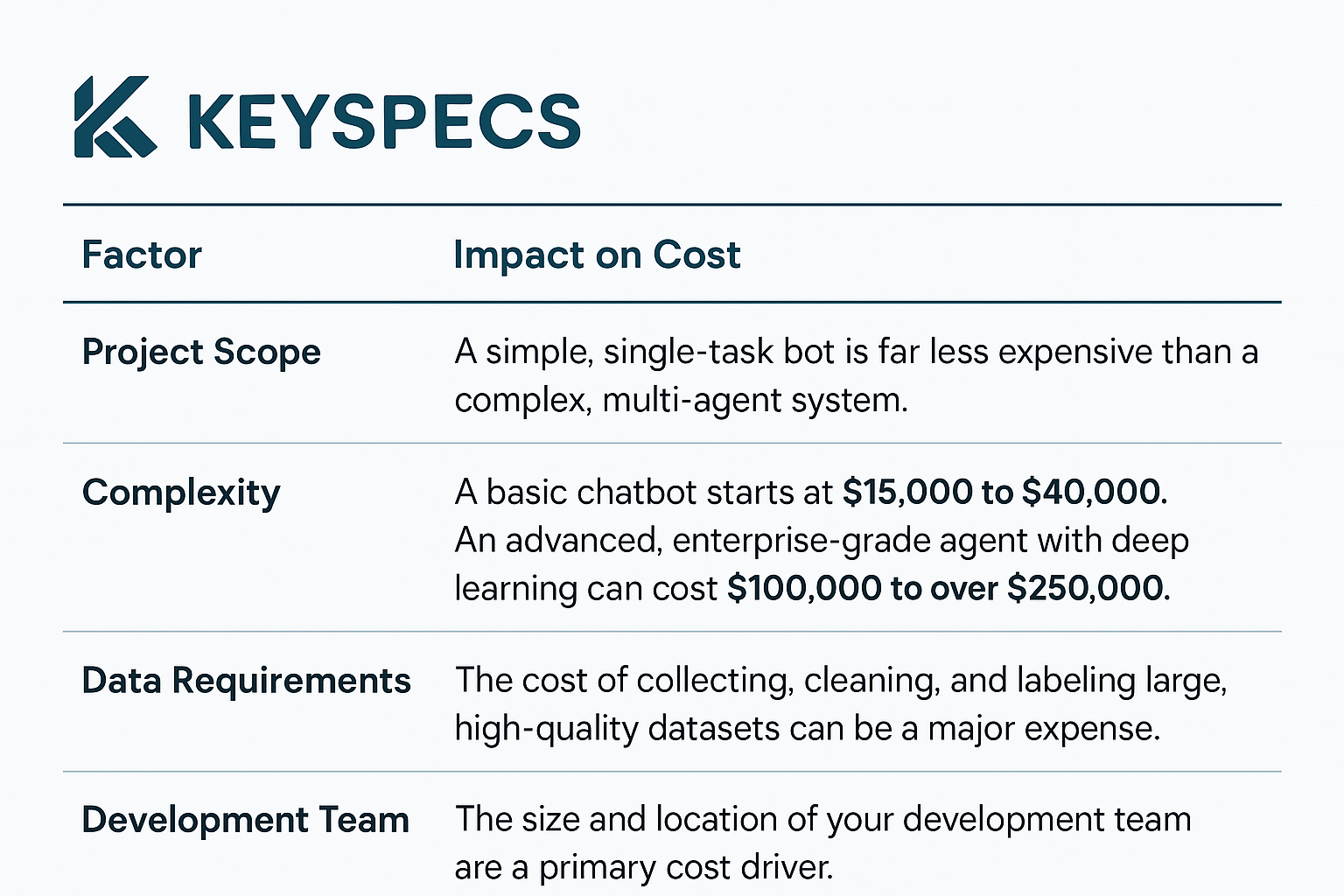This article is for developers and project managers looking to implement AI agents. We will compare some of the most popular and impactful frameworks available today, helping you choose the right tools for building, deploying, and scaling your AI agent projects.

The world of AI is moving at lightning speed, and building an autonomous agent from the ground up can feel like a monumental task. The good news? You don't have to start from scratch. AI agent development frameworks have emerged as powerful tools, providing developers with pre-built components and structures to simplify the entire process.
This article is for developers and project managers looking to implement AI agents. We will compare some of the most popular and impactful frameworks available today, helping you choose the right tools for building, deploying, and scaling your AI agent projects.
AI agent development frameworks are software platforms that provide the essential building blocks for creating AI agents. Instead of writing all the complex logic, memory management, and tool integration code yourself, you can use these frameworks to focus on the unique aspects of your agent's behavior. They offer a structured approach to a multifaceted problem, allowing you to streamline development and speed up your time-to-market.
These frameworks handle critical components like:
Before you select a framework, it's crucial to understand the development process itself. This isn't just about writing code; it's a strategic undertaking.
1. Defining the Problem: This is the most crucial step. What specific problem will your AI agent solve? Is it a customer support bot? A data analyst assistant? A sales lead qualifier? A clear problem definition will guide all subsequent decisions.
2. Scoping the Project: Once the problem is defined, you need to set boundaries.
3. Choosing a Framework: This is where you select the right tool for the job. Your choice should align with the project's complexity, your team's skills, and your business goals.
4. Building, Training, and Testing: You'll build the agent's logic, train it on relevant data, and conduct rigorous testing to ensure it behaves as expected and handles edge cases gracefully.
5. Deployment: Finally, you'll deploy the agent to a live environment and monitor its performance. Feedback loops from this stage are essential for continuous improvement.
Developing an AI agent is a significant investment. Costs can vary widely based on the complexity and scope of your project.

Here is a look at some of the most popular and production-ready frameworks available today.
LangChain is a widely-used framework that provides a modular, component-based approach. It offers a large collection of pre-built tools and integrations, making it an excellent choice for a wide range of use cases, from custom chatbots to advanced reasoning systems.
Developed by Microsoft Research, AutoGen focuses on multi-agent systems where multiple AI agents work together to solve a complex problem. The framework enables sophisticated conversations and collaborative workflows between agents.
CrewAI is a relatively new but highly popular framework known for its simple, intuitive design for building teams of AI agents. It simplifies the process by letting you define agents with clear roles, goals, and tasks, much like a human team.
Developed by Microsoft, Semantic Kernel is an open-source SDK that allows developers to integrate AI capabilities into their existing applications. It's more of a flexible tool rather than a full-fledged orchestration framework, making it a great option for embedding AI agents into applications already using the Microsoft stack.
LlamaIndex specializes in data connection and retrieval. It's not a general-purpose agent framework but an essential component for any agent that needs to access and understand its own data (a concept known as Retrieval-Augmented Generation, or RAG).
Selecting the right AI agent development framework is a critical decision that will impact your project's success. There's no single "best" framework; the right choice depends on your specific use case, technical expertise, and business objectives.
The key to a successful project lies in understanding your needs before you choose your tools. By following this guide, you can make an informed decision and embark on your AI agent development journey with confidence.
Image Credits: Thumbnail by Aidin Geranrekab Cover by Startaê Team